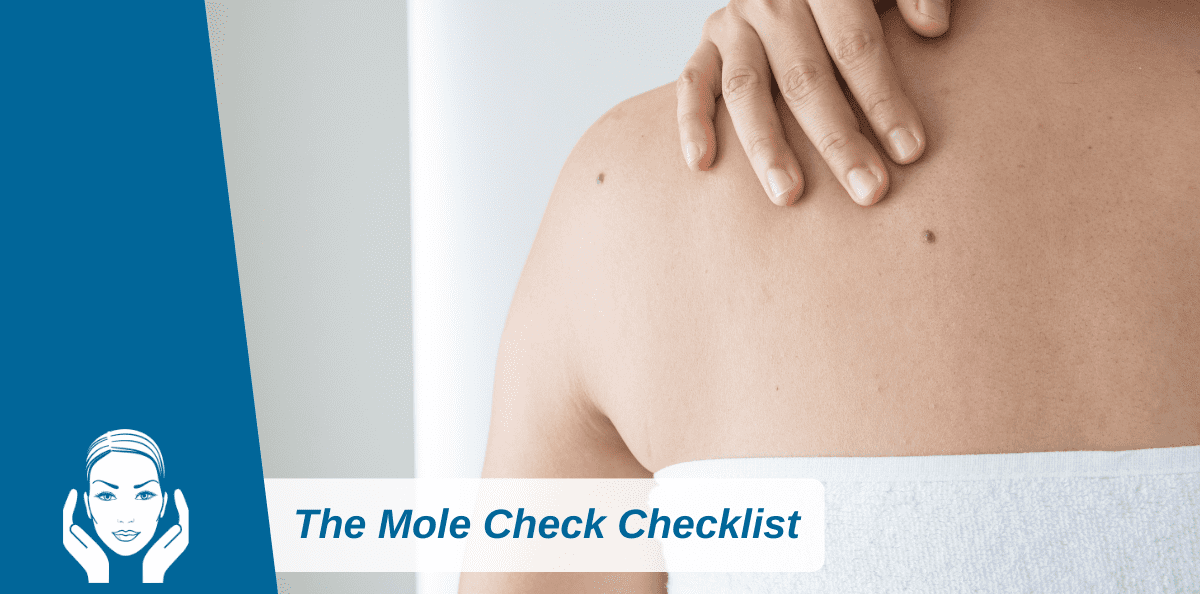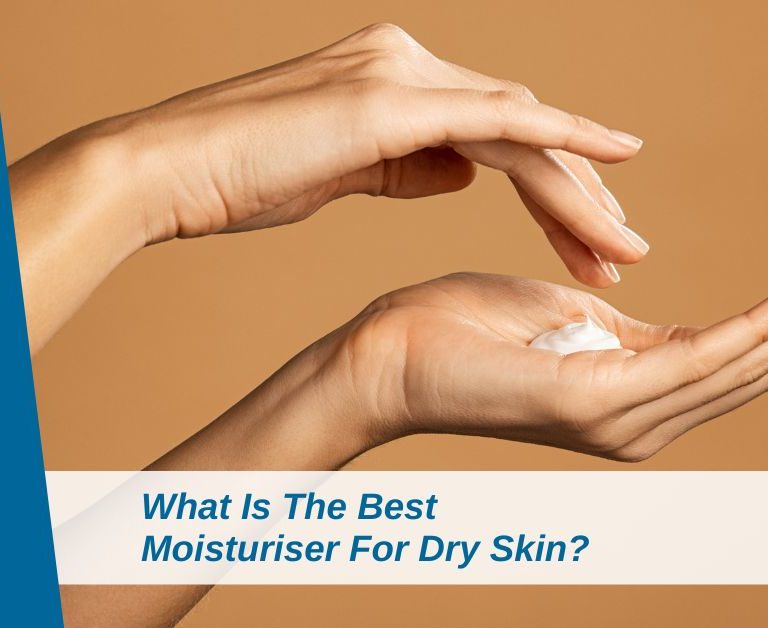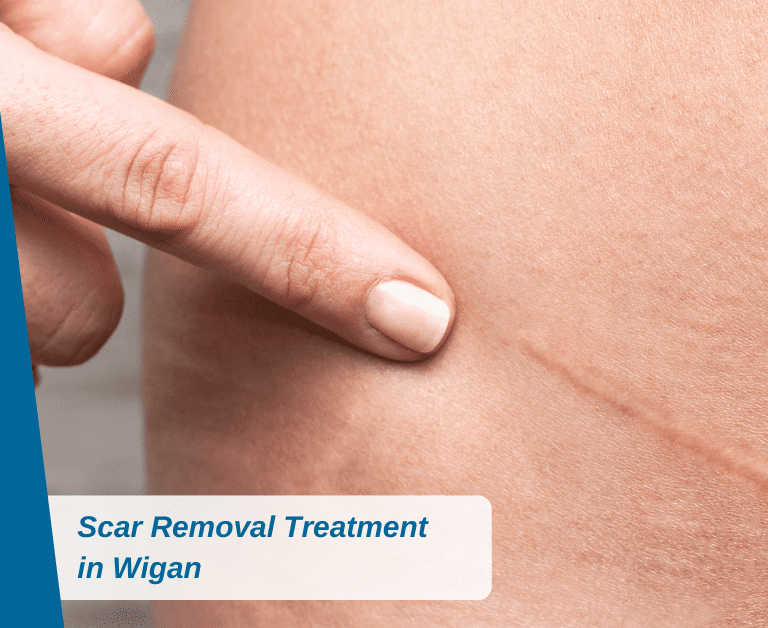The Mole Check Checklist
When was the last time you gave yourself a mole check? Checking your moles regularly is very important and while you might already know that, what you might not know is what to look for. That’s why we’re here to give you a mole check crash course so that you’re able to stay on top of your skin health at home.
Why Is A Mole Check Important?
A mole check is important because your existing moles can change and new ones can also appear. While this isn’t always an indicator of more sinister concerns, a change in an existing mole or the appearance of a new one is often the first sign of melanoma, which is a type of skin cancer.
Melanoma skin cancer is the 5th most common cancer in the UK. If left untreated, it can be fatal, which is why spotting it early and getting swift treatment can save your life. Better yet, statistics show that more than 80% of melanoma instances are preventable. We can’t stress enough the importance of incorporating sun protection into your daily skincare regimen – always use an SPF sunscreen of 30 or above. This is important year-round, not just in the summer months.
When Should You Check Your Moles?
We recommend making an effort to do a mole check once a month, especially if you have a lot of moles (particularly if they’re large), if you or a family member has had melanoma before, if you use sunbeds or spend a lot of time in the sun, or if you have fair hair and eyes.
You can check your moles as often as you like, but try not to worry unnecessarily. You should only be concerned if a new mole has appeared or an existing one has changed. When this happens, be sure to check your other moles and then seek a professional evaluation from a doctor or dermatologist.
So, what should you look out for during a mole check?
How To Properly Check Your Moles?
Most moles are perfectly normal and nothing for you to worry about and any changes or additions aren’t a definite indication of melanoma, but it’s still important to investigate and make sure. Healthy moles are usually no bigger than 6mm in diameter, with a round or oval shape and a clean, smooth edge. They can be flat or raised and tend to be brown, tan or black.
During a mole check, look for:
- A change in colour or multiple colours within the same mole.
- A mole with an uneven border.
- Moles that are newly raised, crusting, itching or bleeding.
- An increase in size.
Seek a professional evaluation if any of the above apply to your moles.
Mole Check And Removal At North West Aesthetics
Thankfully, most changes are harmless, but it’s best to be on the safe side and make time for a regular mole check. With that said, moles can still have an impact on your well-being if you find them to be particularly noticeable. A lot of patients at North West Aesthetics seek guidance and advice for the safe and effective removal of unwanted moles.
We offer cryotherapy via the advanced and innovative CryoPen™ device. Once we’ve established that the target mole is benign, our experts can painlessly and quickly remove superficial lesions on the surface of the skin through the precise application of freezing nitrous oxide gas. Your skin will appear clearer for a more even complexion that can help to restore your confidence.
To book a consultation or find out more, fill in our online contact form or get in touch by calling 01942 909 003 or emailing enquiries@northwestaesthetics.co.uk



